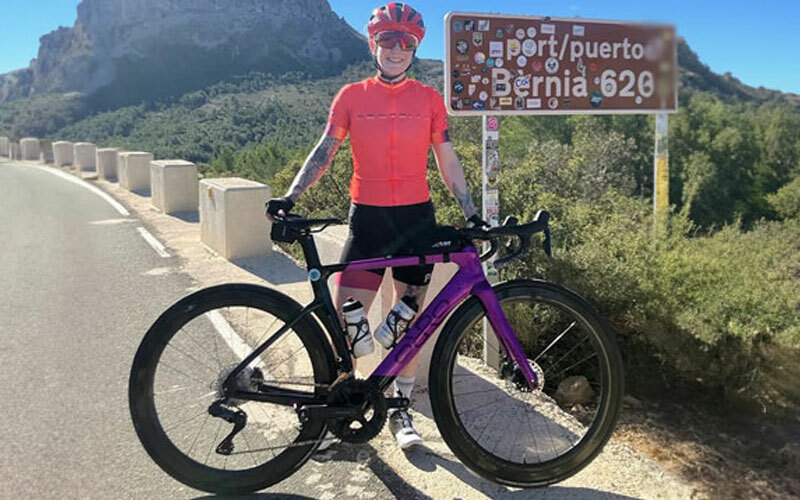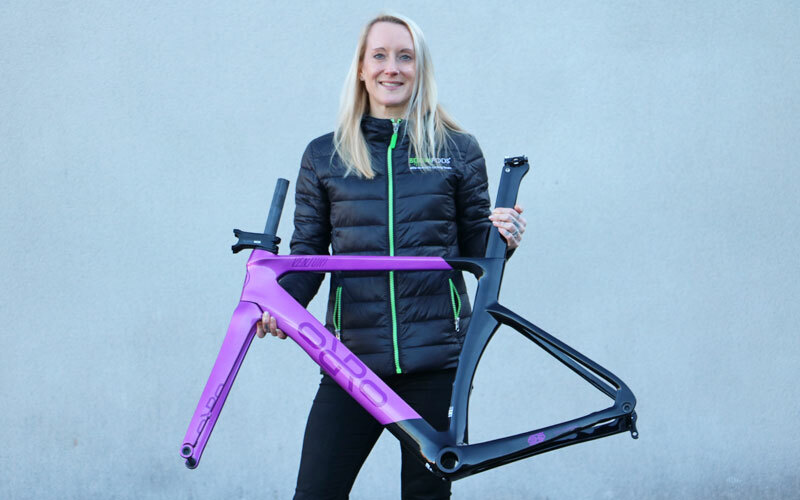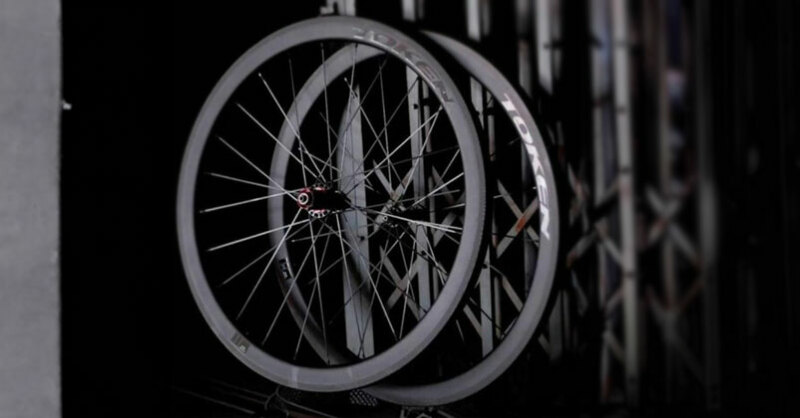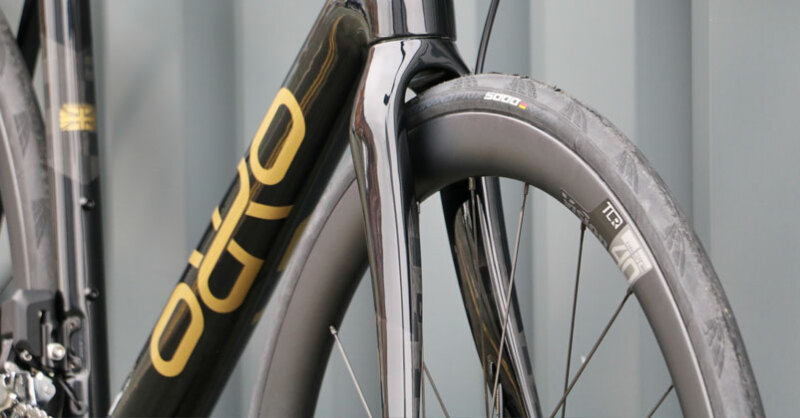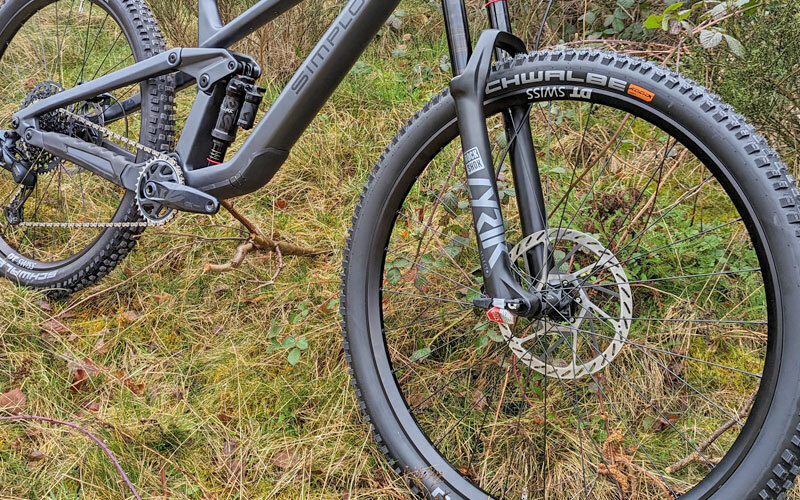Gravel & Cyclocross Tyres Guide
Gravel & Cyclocross Tyres Guide
Gravel and Cyclocross tyres are specifically designed for the various types of terrain and conditions which gravel and cyclocross riders typically enjoy. As wel as different tread patterns, widths and sizes, there are also different types of tyre depending on what typre of rim your wheels have.
.jpg)
Different Types of Gravel & cyclocross Tyres
Tyres come in three different rim fitment types; Clincher, Tubeless and Tubular.
Clincher tyres are the most popular type of tyre, they feature an open casing and an inner tube fits inside to hold the air. The tyre bead hooks into the rim and an inner tube seals the air inside. Clinchers are popular because they offer decent all-round performance and they are quick and easy to repair in the event of a puncture. Clincher tyres are manufactured to target different types of riders, and the attributes they typically look for in their type of tyre; high performance, puncture resistant, excellent grip, longevity.
Tubeless tyres are becoming more popular. On the face of it, they look just like clinchers with the same open casing, however the bead is tougher and provides a tighter fit to seal to the inside of the tubeless specific rim. This seal means that tubeless tyres run without inner tubes. Tubeless tyres require tubeless ready rims, rim tapes, valves and sealant. The sealant can seal small punctures which would require a repair with non-tubeless tyres.
Tubular tyres are still used for the ultimate performance on cyclocross race wheels. These tyres feature a closed casing with the inner tube sewn inside. Tubular tyres are stuck to the rim using special glue or tape. Tubular wheel rims feature a u shape seat for the tyre on the rim, without the side walls and bead hooks needed for clinchers and tubeless, this makes the rims lighter. However, fixing punctures and either repairing or fitting tyres is much more time consuming and tricky, requiring a lot of skill and patience.
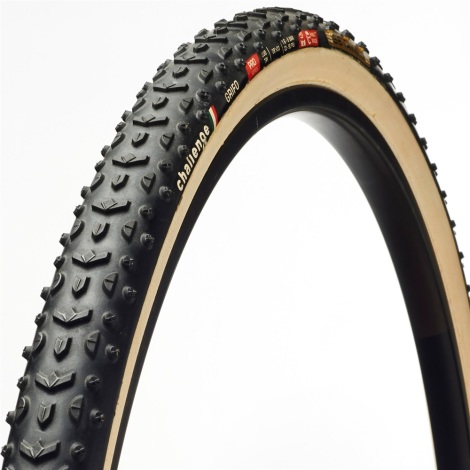
Different Parts of a Bike Tyre
Clinchers and tubeless tyres feature mostly similar component parts;
Tread
The top section of the tyre is the tread. This is the bit that gets all the attention, it is made from a rubber compound, usually with added additives to improve puncture resistance, grip or even add colour. Gravel tyres tend to not have deep tread patterns to allow more rubber to be in contact with the tracks and trails. Gravel tyres often feature small knobs (sometimes marked SK by tyre manufacturers) or smoother tread with grippier tread on shoulders for cornering. Cyclocross tyres have a wide range of tread options to cover the different types of conditions, from soft muddy courses to sand or dry, fast grass. Cyclocross racers often have a range of tyres to select from and choose depending on conditions.
Sub Tread
The layer under the top tread is called the sub tread and can include a puncture protection layer of very tough material to stop sharp objects cutting through.
Casing
Tyre casing features a TPI (Threads Per Inch) count. Generally the higher the thread count, the better the quality of the tyre. Sidewall The sidewalls are the side of the tyre which usually displays information about the tyre such as size and recommended tyre pressure. This part of the tyre is not designed to make contact with the road.
Bead
The bead makes the secure connection between the tyre and the rim. The bead can be made of steel wires or lighter folding Kevlar material. The bead on tubeless tyres is usually more solid and harder to fold, it is designed tougher to make the airtight seal onto the tubeless rim.
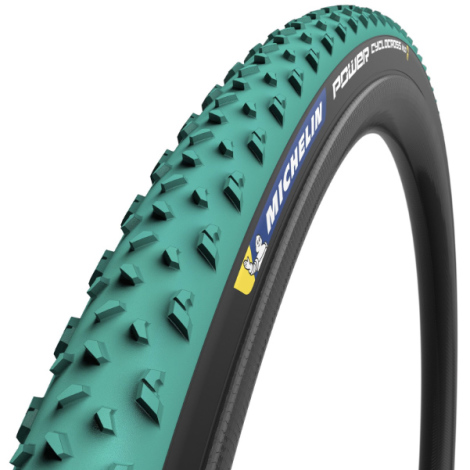
Nitty Gritty on Tyres
Width
Gravel Bike Tyre width on bikes has generally increased in recent years. With gravel bikes, many riders favor a maximum width of around 40mm, this provides a good mix of grip, comfort and speed. Over 40mm, many bikes start to lose some of the ‘zippiness’ and start to feel more MTB-like. Riders who need wider rubber on gravel can opt for smaller 650b wheels which usually allow more clearance (42mm +) for frames tight for 700c X 40mm + tyres. Wider tyres provide a larger cussion of air and can offer a more comfortable ride. This is particularly useful as bike framesets and wheels have become stiffer, and don’t have much comfort built into it. Wider tyres at slightly lower pressure can make a harsh ride into a plush one. Cyclocross tyres tend to be narrower than gravel tyres, the UCI limit tyre width for their races to 33mm and the widest cyclocross tyres are around 35mm.
Pressure
The sidewall of the tyre has recommended pressures marked on, make sure your tyres stay within the recommended pressure to ensure the best performance from your tyres. (Best performance in terms of rolling resistance, longevity and puncture resistance). Depending on the type of terrain you are riding, using lower pressures can increase comfort. However, lower pressures of rockier terrain can result in punctures – trial and error can help you find your ideal pressures for your usual rides.
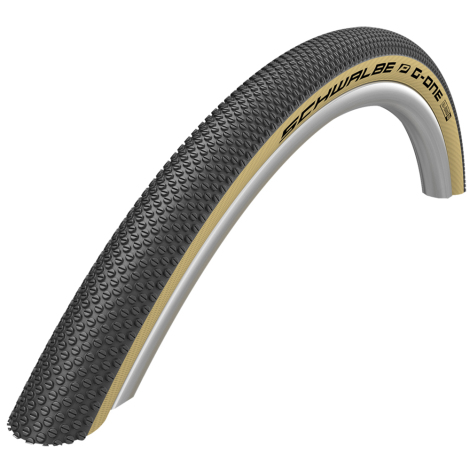
Rolling Resistance
Rolling resistance is one of the forces which bike riders have to overcome to move forwards. Tyres with lower rolling resistance make it easier to ride. At the sharp end of performance, different tyres out-perform others, in rolling resistance tests.
Weight
Tyre weight is just one factor to consider when choosing tyres. Very light tyres might not last as long as heavier ones, they may also puncture more often. A good tyre offers a mix of all the elements that suit you.

.JPG)
